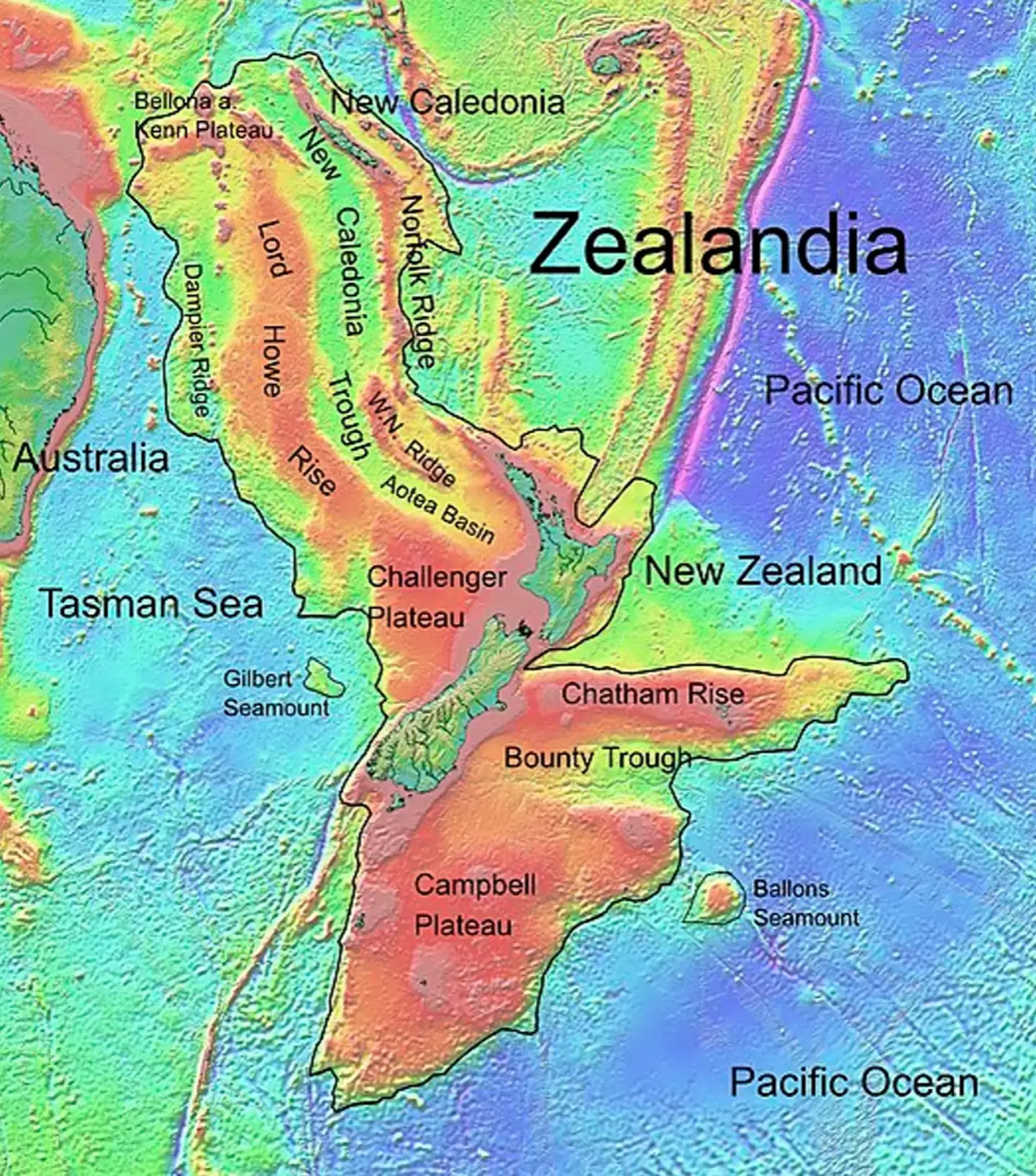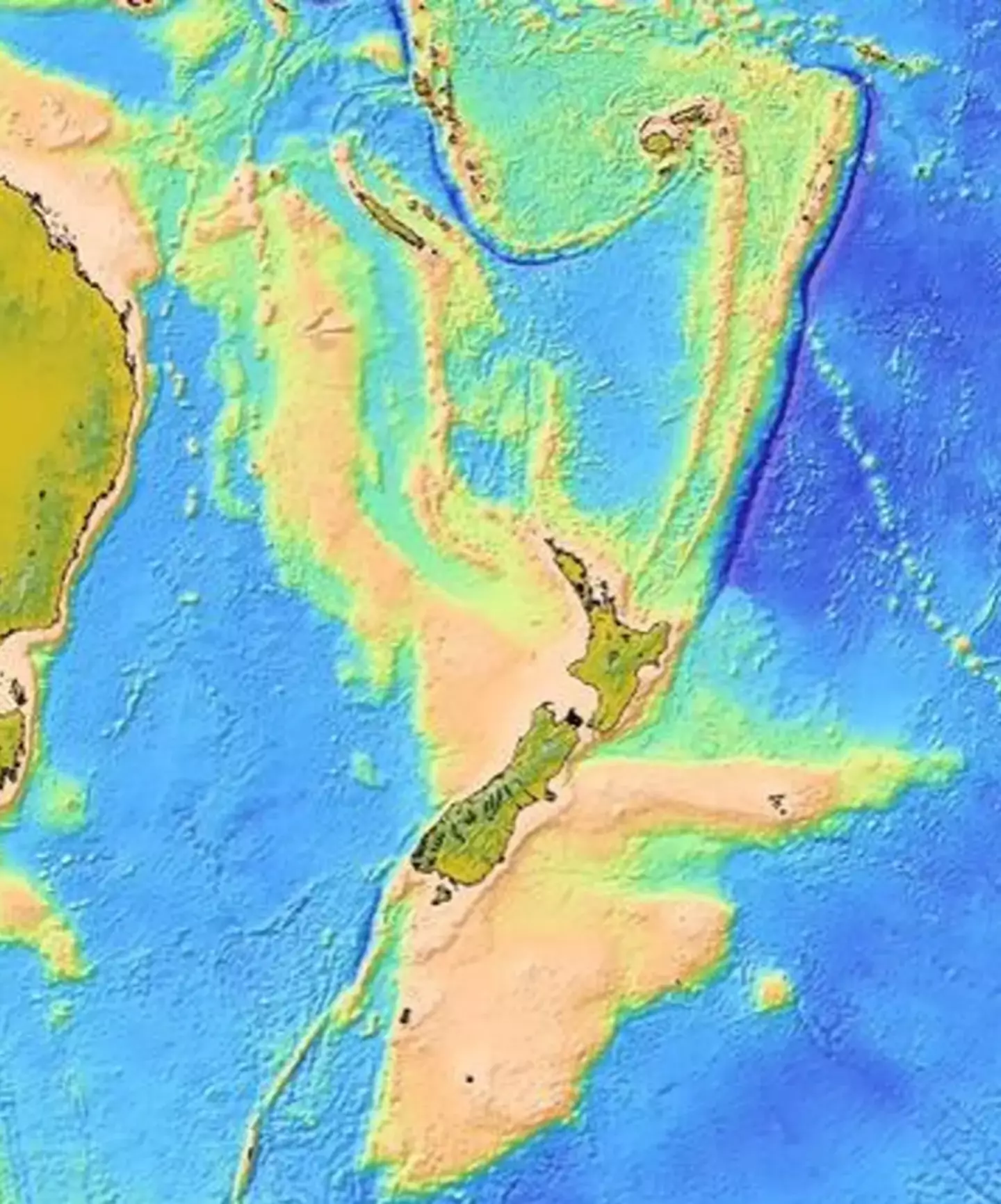
In 1642 there was a fella that discovered an eighth continent but it wasn't confirmed until 2017 when a group of geologists officially found 'Zealandia'.
First we'll take it back some three centuries when Abel Tasman, a Dutch sailor, was sure that a vast continent existed in the southern hemisphere.
So confident in his beliefs, on 14 August 1642 he left Jakarta, Indonesia, on a mission to try and find the area he knew was around.

Advert
It was a part of the world that wasn't very well known to Europeans but eventually Tasman came to a South Island of New Zealand.
According to the BBC, things didn't go too smoothly because when his first encounter with the local Māori people resulted in them ramming a small boat that was passing messages between the two Dutch ships.
It's believed that four people lost their lives and some time after, the Europeans fired a cannon at 11 canoes with no knowledge of what happened to them.
Tasman called the location Moordenaers (murderers) Bay and that was that.
Until 2017 came around and a group of geologists announced that they'd discovered Zealandia - also known by its Māori name Te Riu-a-Māui.
Advert

Reports have since suggested that the continent is around six times the size of Madagascar which still makes it the smallest, thinnest and youngest continent in the world.
An impressive 94 percent of Zealandia is underwater with just a small number of islands poking out, including New Zealand.
Andy Tulloch, a geologist at the New Zealand Crown Research Institute GNS Science, who was part of the team that found Zealandia, said: "This is an example of how something very obvious can take a while to uncover."
Now scientists are working to unlock more information about Zealandia with one group of academics collecting 2,500 metres of rock samples and sediment.
Advert
Expedition co-chief scientist Gerald Dickens from Rice University, Houston, said: "More than 8,000 specimens were studied, and several hundred fossil species were identified.
"The discovery of microscopic shells of organisms that lived in warm shallow seas, and of spores and pollen from land plants, reveal that the geography and climate of Zealandia were dramatically different in the past."
The group said their finds should also help to explain how and why some plants and animals exist in both New Zealand and New Caledonia.
Topics: News